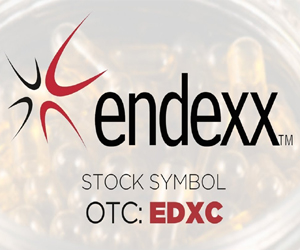

In a recent post regarding the labeling requirements surrounding dietary supplements containing industrial hemp-derived CBD (“Hemp-CBD”), we alluded to a recent movement in the industry to rename Hemp-CBD products “full spectrum hemp.” We now take a closer look at the reasons behind this shift in nomenclature.
Part of the impetus behind this movement might be linked to a 2001 court decision pertaining to the status of lovastatin, a compound found in red yeast rice.
Although red yeast rice had been used for healing purposes for thousands of years, the isolated compound was approved by the FDA as a drug in the treatment of cholesterol. Despite the FDA approval, companies continued to sell and market lovastatin as a dietary supplement. One of these companies was Pharmanex. The FDA challenged the sale and marketing of Pharmanex’s product, Cholestin, and ultimately prevailed when Pharmanex challenged the FDA’s position in federal court.
The court held that the lovastatin found in Cholestin was not in its natural form (i.e., as naturally occurring in red yeast rice) because its manufacturer deliberately selected and used a method to produce specific levels of lovastatin that were greater than those naturally present in red yeast rice. In addition, the court determined that Cholestin was a drug because it was specifically marketed as the isolated lovastatin compound.
There may be some parallels between the case of red yeast rice and Hemp-CBD. Indeed, like red yeast rice, hemp and hemp extracts have been consumed for hundreds of years as food and for their medicinal value. Similar to red yeast rice, hemp contains hundreds of compounds, including CBD. And like lovastatin, CBD was recently approved by the FDA via a drug known as Epidiolex—although it is important to note that the CBD approved by the FDA as a drug is derived from the cannabis plant, not industrial hemp grown under an eligible state program, pursuant to the 2014 or 2018 Farm Bill.
Accordingly, if a Hemp-CBD product were to meet the standard laid forth by the court for red yeast rice (i.e., unadulterated full-spectrum hemp marketed as full spectrum hemp, not CBD), its manufacturer may be able to use the nomenclature “full spectrum hemp,” which might mitigate the risk of FDA enforcement action against Hemp-CBD products.
However, given the varieties of hemp strains, and the fact that each contain various levels of naturally occurring compounds, it might be challenging to specifically assess what constitutes “naturally occurring” levels of CBD. Nonetheless, “full spectrum” is generally understood to mean that all the natural constituents of the hemp plant are in product at the same percentages as they would be found in nature. Because advertising cannot be false or misleading, the nature of each product would be dispositive—i.e., whether or not the natural constituents are there in natural percentages—in determining whether those products might fall outside the scope of FDA scrutiny.
Accordingly, before manufacturers of Hemp-CBD products consider renaming their product “full spectrum hemp” they should consult with experienced attorneys to review their manufacturing process and determine whether switching from “CBD” to “full spectrum hemp” in labeling and marketing would be allowed and beneficial.
MJ Shareholders
MJShareholders.com is the largest dedicated financial network and leading corporate communications firm serving the legal cannabis industry. Our network aims to connect public marijuana companies with these focused cannabis audiences across the US and Canada that are critical for growth: Short and long term cannabis investors Active funding sources Mainstream media Business leaders Cannabis consumers









